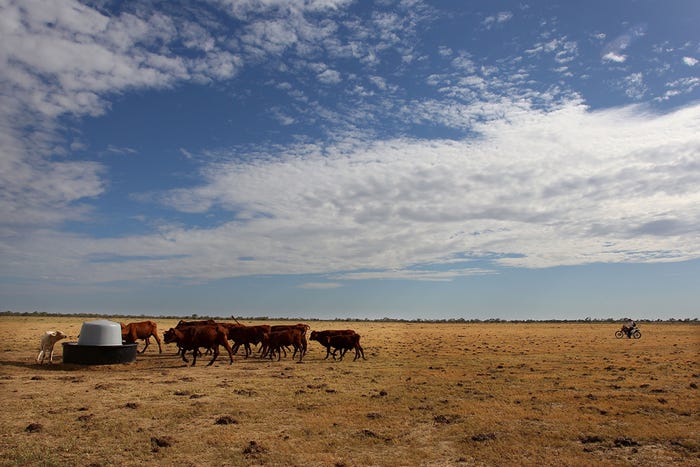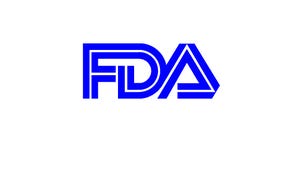5 Trending Headlines: Are you drought-prone? PLUS: How important is a perfect udder?
Ever wondered if your ranch is the most drought-prone in the state? This week’s trending Headlines brings you a look at the most drought-prone states in the country.
5 Slides

Ever wondered if your ranch is the most drought-prone in the state? This week’s trending Headlines brings you a look at the most drought-prone states in the country.
About the Author(s)
Subscribe to Our Newsletters
BEEF Magazine is the source for beef production, management and market news.
You May Also Like


.png?width=300&auto=webp&quality=80&disable=upscale)
